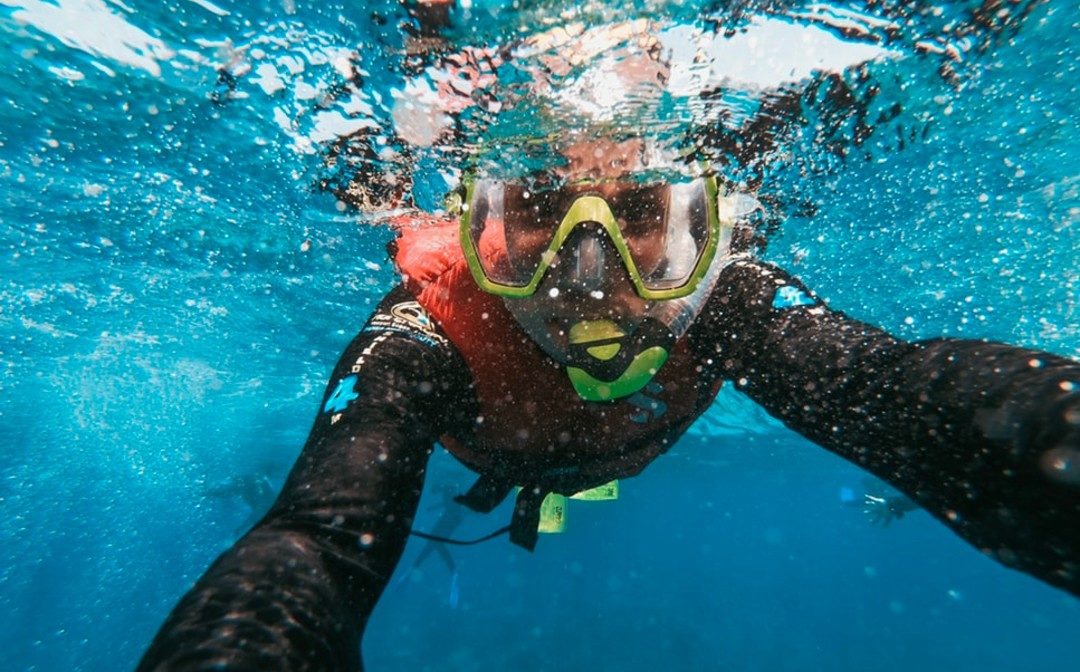Whether you’ve been a long-time diver, or you’ve just begun diving as a hobby, sport, or for any other reason, you may have heard of several myths that surround this activity. For example, you may have heard that diving requires a ton of different equipment to pull off. In truth, all you need is a mask, a pair of fins, and a snorkel.
In this article, we’ll address four other myths about diving and the actual truth behind them.
Myth 1: Diving is extremely dangerous
Tales of man-eating sharks and other life-threatening risks can put unnecessary fear into your heart, especially if you haven’t dived before. The truth here is that driving on the road is actually much more dangerous than diving. If you follow the rules and precautions, such as avoiding touching anything underwater, you’ll be safe. For example, it is common knowledge that any brightly colored creature can be poisonous.
By abiding by the different rules and precautions of diving, similar to traffic rules on the road, it is highly unlikely that you’ll get into any dangerous situations.
Myth 2: You can learn to dive all by yourself
While this might be true to some extent, learning to dive is like learning how to drive a car. If you only read the manual and watch videos, you will find it hard to drive a car, which is much like diving. If you only learn the theoretical side, you’re going to have a tough time diving.
With that said, if you want to learn how to dive, learn not only the theory but by actually doing it. Have a professional and certified diving instructor to teach and dive with you as well. Know that diving by yourself is hazardous, not to mention that it requires specialized training. In other words, make sure that you rent the proper diving gear and dive with an instructor, and you’ll soon learn the ropes of this enjoyable activity.
Myth 3: The tighter the mask, the less water seeps in
It is an instinct that you might be tightening your mask on your face to ensure that no water seeps in. While that may help, to a certain extent, something else happens underwater if it is too tight. The pressure of the water below can push the mask harder against your face, potentially leaving marks and even bruises.
To counteract this, you will need to breathe through your nose to fill your mask with more air, effectively relieving the pressure that the water is applying to your mask and face. This, however, also causes the mask to fog up. In this case, having the skill to remove the mask, clear it up, and put it back on underwater is vital.
Myth 4: You need to be fit and be a professional swimmer to dive
While being healthy and an expert in swimming can help with diving, know that it isn’t necessary. Diving, for many, is a leisure activity. All you need to be is healthy enough to dive and know how to swim. Additionally, what’s necessary is that you have a positive mindset so that you can enjoy all the wonders that diving has to offer.
Diving is filled with myths and stories that, sometimes, might deter you and others from taking up this enjoyable activity. Keep in mind that diving is a fun activity that everyone should try out. Of course, training and proper equipment will be required, but that shouldn’t stop you from enjoying this stunning activity.
If you’re looking for a hotel in Phuket, get in touch with us today to book your stay!
